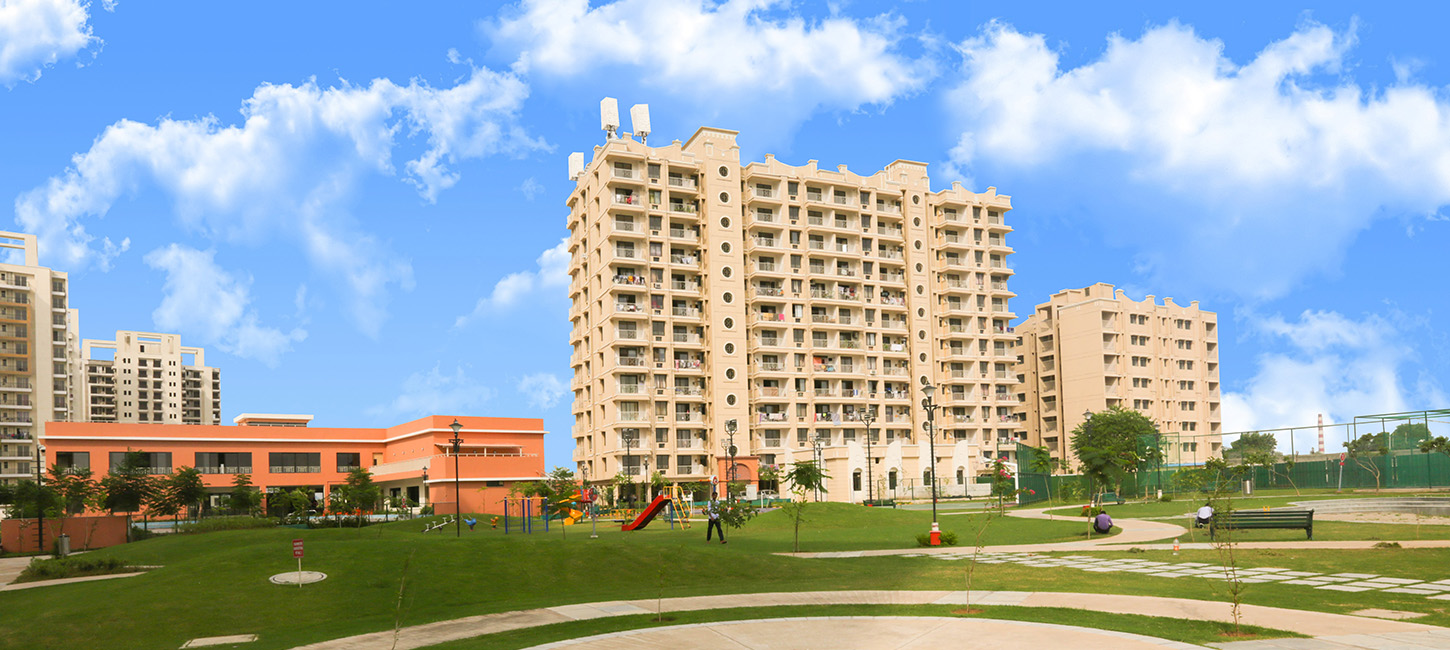How to Start a Vegetable Garden in a Small Backyard
In recent years, there has been a growing interest in home gardening, especially among city dwellers with limited outdoor space. One of the most rewarding and sustainable ways to utilize a small backyard is by starting a vegetable garden. Not only does it provide fresh and nutritious produce, but it also connects you with nature and can be a therapeutic and fulfilling hobby. This article will guide you through the process of starting a vegetable garden in a small backyard, offering practical tips and step-by-step instructions to help you make the most of your limited space.
Assess Your Space
Before you get your hands dirty, it's essential to assess your backyard's space and layout. Here are some factors to consider:
Sunlight: Most vegetables require at least 6-8 hours of direct sunlight each day. Observe your backyard throughout the day to identify the sunniest spots.
Space Constraints: Measure the available space and decide how much of it you can allocate to your garden. You can maximize space by using containers, vertical gardening techniques, or raised beds.
Soil Quality: Assess your soil's quality by conducting a soil test. You may need to amend the soil with compost or other organic matter to improve its fertility.
Accessibility: Ensure that your garden is easily accessible for watering, weeding, and harvesting. Keep paths or walkways clear and consider installing a water source nearby.
Choose the Right Vegetables
Selecting the right vegetables for your small backyard garden is crucial for success. Here are some tips:
Choose Compact Varieties: Opt for dwarf or compact varieties of vegetables, such as cherry tomatoes, bush beans, and patio cucumbers. These plants take up less space and are well-suited for small gardens.
Select High-Yield Crops: Focus on vegetables that provide a high yield per square foot. Examples include lettuce, radishes, and zucchini.
Consider Vertical Gardening: Utilize vertical space by growing vining vegetables like peas, beans, or cucumbers on trellises or stakes.
Think Seasonally: Plan your garden based on the growing season in your region. Some vegetables thrive in cooler weather, while others prefer the warmth of summer.
Prepare Your Soil
Healthy soil is the foundation of a productive vegetable garden. Here's how to prepare your soil:
Soil Test: Conduct a soil test to determine its pH and nutrient levels. You can purchase a soil testing kit or send a sample to a local agricultural extension office.
Amend the Soil: Based on the soil test results, amend your soil with compost, organic matter, and any necessary nutrients. This will improve soil fertility and structure.
Raised Beds: If your soil quality is poor, consider building raised beds and filling them with a high-quality potting mix or topsoil. Raised beds also provide better drainage and are easier to maintain.
Plan Your Garden Layout
Now that you have assessed your space and prepared your soil, it's time to plan your garden layout. Here are some tips for maximizing space in a small backyard:
Use Raised Beds: Raised beds are an excellent choice for small gardens. They provide defined growing areas and can be customized to fit your space.
Intensive Planting: Practice intensive planting by placing plants closer together. This maximizes space and reduces the risk of weeds taking over.
Vertical Gardening: Consider vertical gardening techniques like trellises, hanging baskets, or wall-mounted planters to grow plants vertically and save ground space.
Companion Planting: Take advantage of companion planting by pairing compatible vegetables that can help each other grow or deter pests.
Start Planting
With your garden layout in mind, it's time to start planting. Follow these steps:
Planting Dates: Consult a planting calendar for your region to determine the best times to plant different vegetables. Planting too early or too late can affect your harvest.
Spacing: Follow the recommended spacing guidelines for each vegetable. This ensures that plants have enough room to grow and access sunlight.
Watering: Water your garden consistently, keeping the soil consistently moist but not waterlogged. Early morning is usually the best time to water to reduce the risk of disease.
Mulching: Apply a layer of mulch, such as straw or wood chips, to help retain soil moisture, suppress weeds, and maintain consistent soil temperature.
Care and Maintenance
To ensure a successful vegetable garden, you'll need to provide ongoing care and maintenance. Here are some essential tasks:
Weeding: Regularly remove weeds to prevent them from competing with your vegetables for nutrients and sunlight.
Fertilizing: Depending on your soil's nutrient levels, you may need to fertilize your plants. Use organic fertilizers or compost to provide essential nutrients.
Pruning and Thinning: Prune and thin your plants as needed to promote healthy growth and improve air circulation.
Pest and Disease Management: Keep an eye out for pests and signs of disease. Use organic pest control methods and proper sanitation practices to minimize issues.
Harvesting Your Bounty
The joy of home gardening culminates in the harvest. Here's how to make the most of your homegrown produce:
Harvest at the Right Time: Different vegetables have specific harvest times. Pick them when they are ripe to enjoy the best flavor and texture.
Harvesting Tools: Use the right tools for harvesting to avoid damaging your plants. Scissors or shears are handy for cutting leafy greens, while a garden knife or pruners work well for larger vegetables.
Preservation: If you have an abundant harvest, consider preserving your vegetables through canning, freezing, or pickling to enjoy them throughout the year.
Extend the Growing Season
In some regions, the growing season may be shorter. To extend your growing season and enjoy fresh produce for longer, consider these options:
Use Season Extenders: Season extenders like row covers, cold frames, and cloches can protect your plants from frost and cold temperatures.
Fall Planting: Plant cool-season crops in late summer or early fall to take advantage of milder temperatures.
Container Gardening: Container gardening allows you to move plants indoors during colder months, ensuring a longer growing season.
Stay Informed and Adapt
Gardening is a continuous learning process. Stay informed about best practices, new varieties, and pest control methods by reading gardening books, websites, and joining local gardening clubs. Be prepared to adapt and experiment to find what works best in your specific backyard environment.
Enjoy the Journey
Lastly, remember that gardening is not just about the end result—it's about enjoying the journey. Take time to relax in your garden, observe the beauty of nature, and savor the satisfaction of growing your food.
Starting a vegetable garden in a small backyard may seem challenging at first, but with careful planning and dedication, it's a rewarding endeavor that can provide you with fresh, healthy produce and a deeper connection to nature. By assessing your space, choosing the right vegetables, preparing your soil, planning your garden layout, and providing proper care and maintenance, you can create a flourishing vegetable garden in even the smallest of spaces. So roll up your sleeves, grab your gardening tools, and get started on your journey to homegrown goodness. Happy gardening!

.jpg)
.jpg)






 English (US) ·
English (US) ·